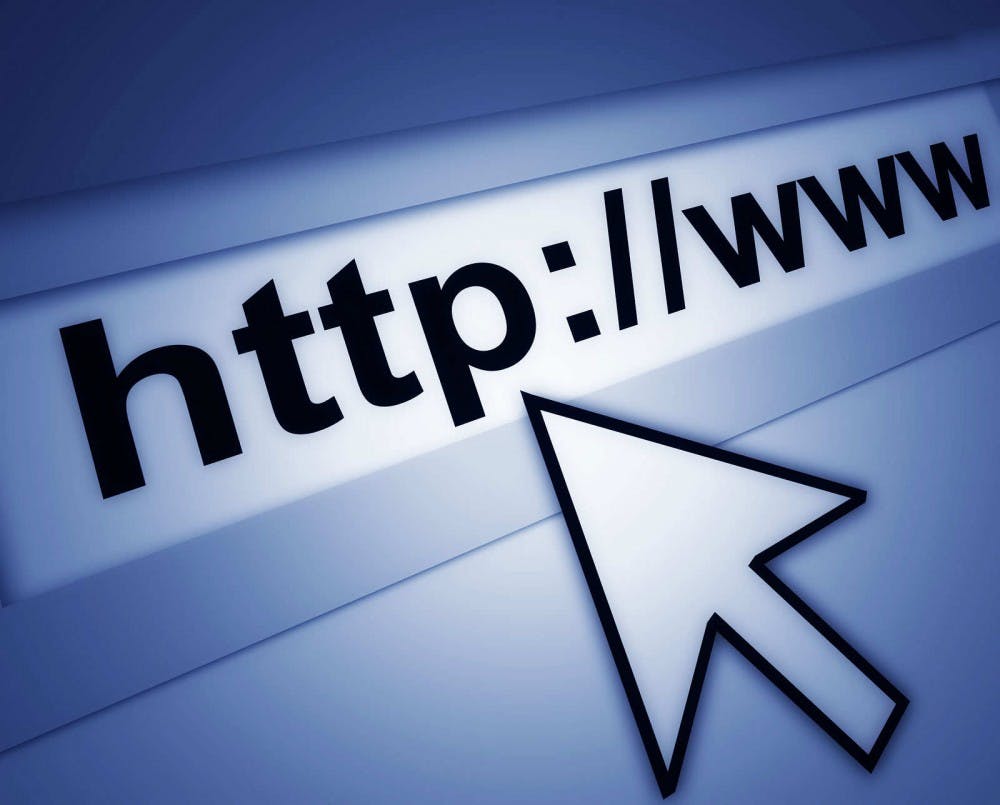Internet. According to the United Nations, it’s a human right. ISPs (Internet Service Providers), however, don’t seem to be in much of a hurry to get access out to everyone. According to the FCC, about 19 million people in the United States do not have access to broadband internet. Places like Kentucky and Maryland have stopped waiting for ISPs to give them access and have started taking matters into their own hands.
In Kentucky plans to lay down fiberoptic cables across rural communities coupled with antennas that would provide wireless internet hubs are in the works, dubbed “Phase One” by planners. An application for a $1.5 million grant has been submitted to the U.S. Department of Agriculture through the Community Connect program.
In Maryland, residents are taking a different approach. While the mountains and trees of Appalachia prohibit a lot of construction, TV signals in the area go through almost uninhibited. Back in 2010 the prospect of converting unused channels to Wi-Fi signals was brought to the FCC, and now Maryland is looking to make use of that very concept. This method becomes particularly useful in mountainous regions, because TV waveforms do not need direct line-of-sight between tower and receiver to offer a signal.
These new developments in internet access could mark a departure from traditional ISP service to a more free market, open access form of providing internet access. While providers like Comcast or Time Warner Cable might not be eager to fund the expansion of their services, start-ups and citizens are more than happy to fill in the gaps.
Sources: Motherboard, The Verge, FCC, USDA, New York Times
Image: Brooke Telecom
For more entertainment related content, visit us at Byte Bsu!




















